INTERFACE
Plant growth factors A step towards ensuring food security?
The combination of a growing human population and climate change is putting pressure on food production. Biochemistry student Dessislava Ilieva explains how naturally occurring plant growth factors may help in our fight to ensure global food security
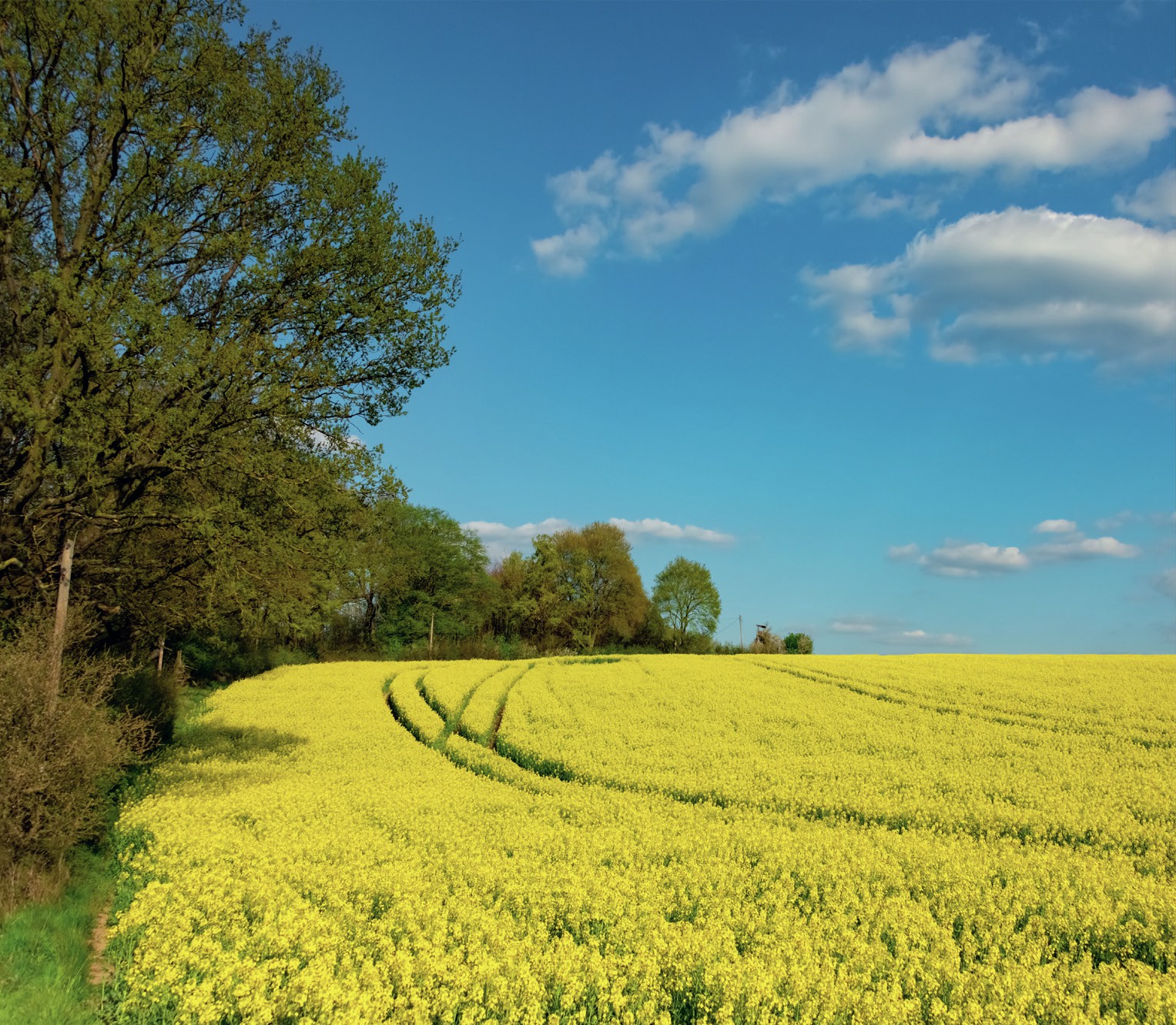
7821108018. That was the number of people living on Earth at the time of writing. According to the United Nations 2019 ‘World Population Prospects’, the predicted number for 2050 is around 10 billion. Imagine the environmental pressure that this number will put on the planet, not least in producing enough food for everyone. In order to ensure global food security, this population challenge, together with extreme weather conditions due to climate change, will require us to rethink the way we manage food production, including how we grow crops.
Why does plant production matter?
Life on Earth is dependent on plants – humans cannot survive without them. Through photosynthesis, they provide the link between almost every living organism and the energy of the sun. Growing plants for food is essential for our survival, and agriculture provides many benefits over hunter-gathering – food is always within reach. It was agriculture that led people to build settlements and enabled the human population to grow as fast as it did. To maintain our success as a species in an uncertain future, agriculture must continue to grow and change.
The expansion of agriculture has been one of humanity’s largest impacts on the environment, destroying natural habitats and pushing species to extinction. Half of the habitable land on Earth is already in use for food production (see Figure 1) and we are fast running out of suitable land. Not only is land limited, when it is over-exploited and mismanaged it becomes less fertile. This means that we need to produce more food without expanding the land currently used for agriculture. How can we do this in a sustainable way? Naturally occurring plant growth factors might provide part of the solution. They have the potential to increase crop yield and to make plants more resistant to stressful conditions, including drought, higher temperatures and salinity, which are affecting many areas as a result of climate change.
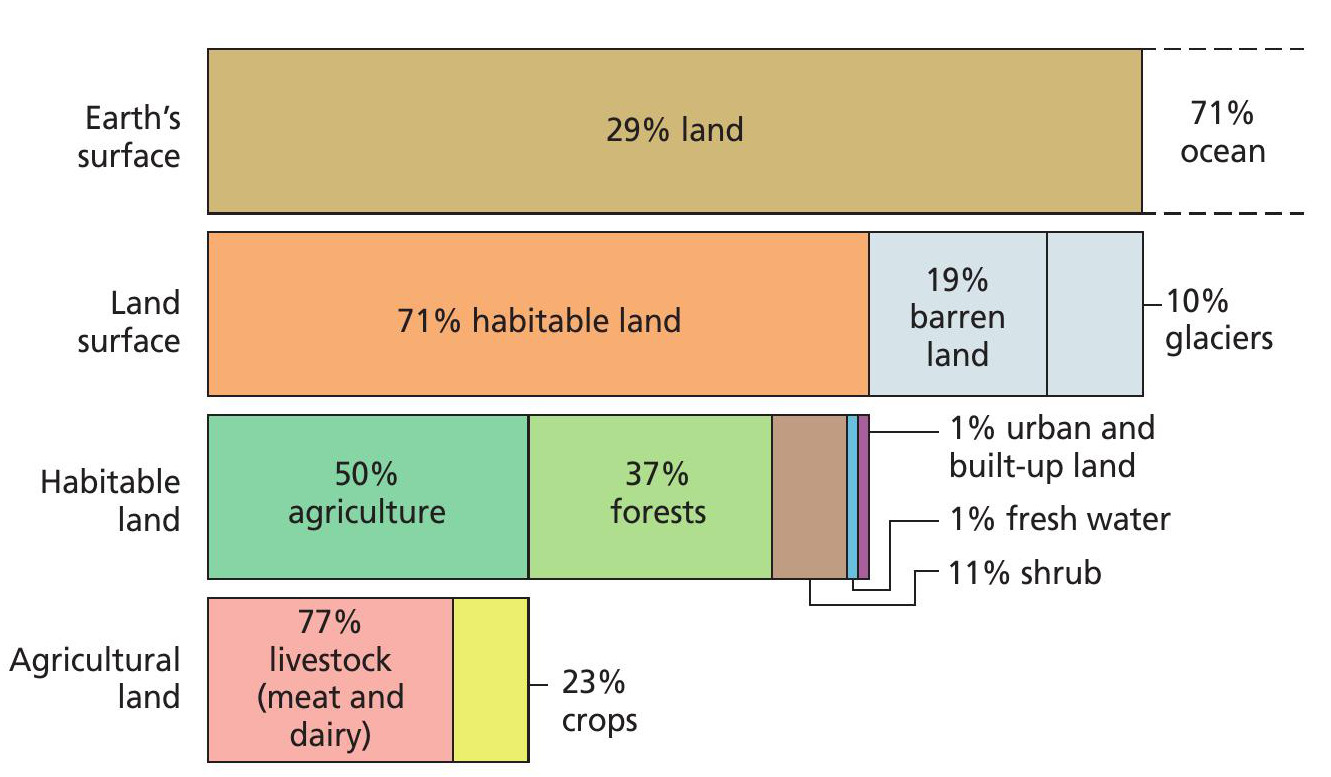
The survival of plants – including crop plants that humans rely on for food – depends on their ability to adapt to changes in environmental conditions, such as drought and flooding. To ensure the continued success of crop plants, we need to understand the adaptations they have that enable them to grow and reproduce.
The growth of plants is mediated by signalling molecules that regulate different cellular processes and ensure that these are coordinated throughout the plant at the different stages of its life cycle. One such class of molecules is the brassinosteroids.
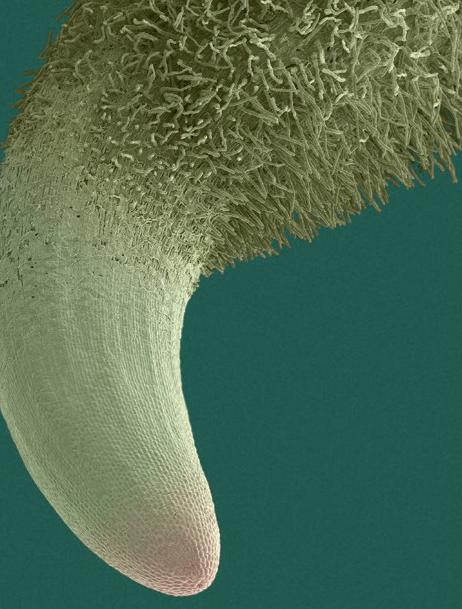
Discovery of brassinosteroids
It was long suspected that pollen contained ‘growth-promoting substances’ (sometimes referred to as plant hormones), which stimulate the pollen tube (see front cover) to grow towards the ovary during fertilisation. In 1970, an extract from pollen grains of rapeseed (Brassica napus) was shown to cause elongation of the internodes of pinto bean plants, through cell elongation. After screening nearly 60 different species of plants, researchers obtained the active ingredient that triggered this elongation. They extracted 4 milligrams of crystals of this molecule from 227 kilograms of pollen that had been collected from flowers by bees. This is how brassinolide was discovered – the first steroid found to have hormone-like actions in plants.
We now know of around 70 different growth substances that belong to the class of brassinosteroids. They are found in the highest concentrations in pollen grains, immature seeds, roots and flowers, while shoots and leaves have lower concentrations. Brassinosteroids have been discovered in organisms as diverse as freshwater algae and flowering plants, suggesting that they are both widespread and ancient in origin.
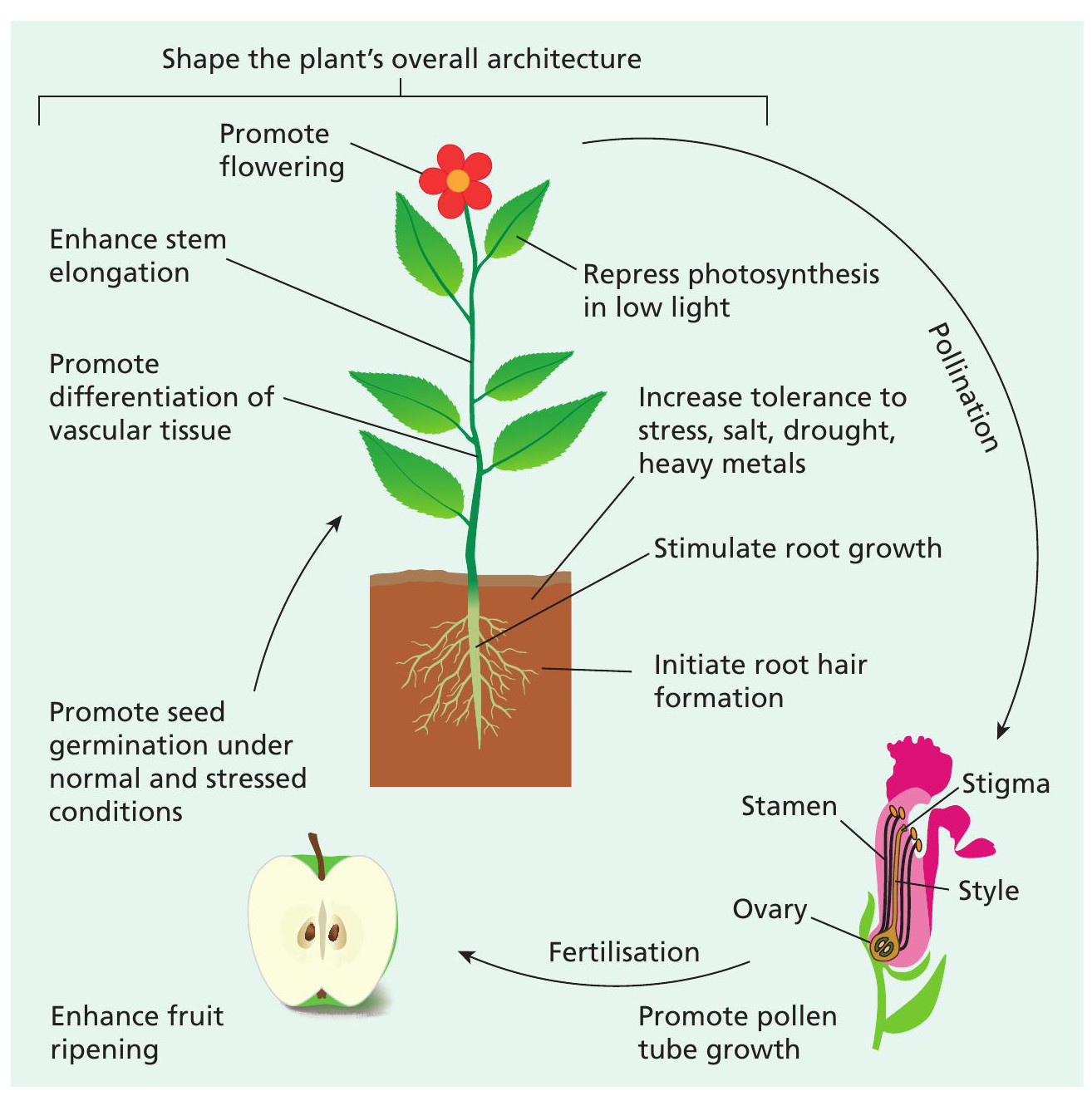
Effects on plants
Along with other signalling molecules, brassinosteroids are part of the control system that is important for many aspects of plant development (see Figure 2). These include seed and pollen formation, root hair initiation and plant growth – including cell division, elongation and differentiation. Brassinosteroids have also been shown to enhance fruit ripening, promote seed germination under both normal and stressful conditions, and help shape the overall structure of the plant – leaf angle, plant height and inflorescence architecture. Although these effects are not universal for all plants, they are promising for future uses of brassinosteroids.
One characteristic of brassinosteroids that could have an impact on agriculture is their positive effect on the tolerance of plants to different kinds of stress. Brassinosteroids increase resistance to several abiotic stresses, including heavy metal ions (Zn, Cr, Ni, Cu – essential micronutrients but toxic at high concentrations), pesticides, high temperature and increased salinity. For example, a study looking at plants exposed to higher-than-normal salt concentrations found that brassinosteroids can prevent some of the damage done to the plant due to salinity stress (see Box 1). This effect is partly due to the ability of brassinosteroids to induce activation of antioxidant enzymes. These prevent oxidative damage to the plant’s cells through the reduction of oxygen radicals, which are produced in larger quantities under stressful conditions.
Box 1 Brassinosteroids can prevent salinity stress damage
Researchers in China carried out an experiment to test whether brassinolide – the most potent brassinosteroid – affects the response to salt stress in seedlings of crab-apple.
The control group was grown in normal conditions without the application of brassinolide (BL). The ‘salt stress’ group was grown with the addition of 200 mmol dm−3 NaCl – salt stress conditions. A third group – the ‘salt + BL’ group – was grown in the same conditions as the ‘salt stress’ group but the leaves were sprayed with 0.2 mg dm−3 brassinolide every 2 days.
After 16 days, the plants were assessed for their growth, appearance and ability to photosynthesise. The salt stress group were stunted and their leaves yellowed compared with the healthy controls. However, the salt + BL group showed none of these effects and appeared similar to controls. Salt-stressed plants showed reduced chlorophyll content and rate of photosynthesis compared with controls; application of BL partially reversed these effects. These results suggest that BL is involved in the response to salt stress by helping the plant tolerate higher than normal levels of salinity.

Stress responses in plants – whether due to drought, cold or heat – involve other pathways too. We know that plants can fine-tune the molecular composition of their cells in response to some stressors, ultimately adapting to the new environment to ensure their survival. There is growing evidence that brassinosteroids have a role in responses to stress by enhancing the transcriptional regulation of genes involved in stress responses.
Mechanism of action
Brassinosteroids influence cell function through a signalling pathway that helps regulate the expression of hundreds of different genes. Brassinosteroids are synthesised in the endoplasmic reticulum, and then move out of the cell. They do not appear to be transported long distances around the plant – their direct actions are on nearby tissues. Unlike animal steroid hormones, which enter the cell and bind to receptors on the cell nucleus, brassinosteroids bind to receptors located on the cell surface membrane, called BRASSINOSTEROID INSENSITIVE1 (BRI1). This binding activates a second messenger signalling pathway inside the cell, involving phosphorylation and dephosphorylation of specific molecules, and ultimately resulting in the activation of two key transcription factors – BZR1 and BES1. BZR1 and BES1 move into the cell nucleus where they bind to DNA and regulate the expression of brassinosteroid-responsive genes (see Box 2).
Box 2 Second messenger pathway
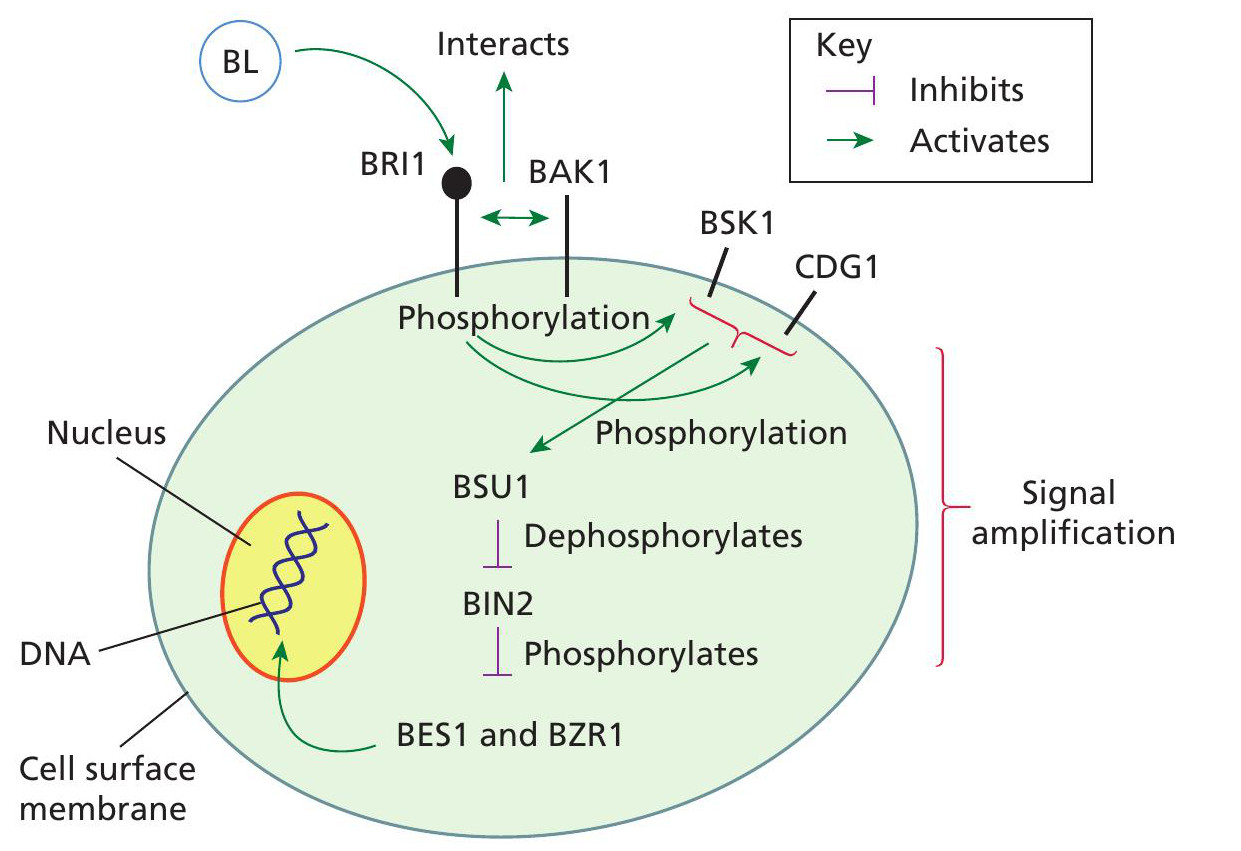
BL binds to the BRI1 receptor, anchored to the cell surface membrane, leading to the association with BRI1-ASSOCIATED RECEPTOR KINASE1 (BAK1) and the activation of the BRI1–BAK1 complex. A cascade of phosphorylation and dephosphorylation of specific signalling molecules follows, culminating in activation of two transcription factors BES1 and BZR1. These bind to DNA to regulate gene expression. BSK1 (BR-SIGNALLING KINASE 1) is suggested to have a role as a scaffold during the activation of BSU1. CDG1 (CONSTITUTIVE DIFFERENTIAL GROWTH 1) is a substrate for BRI1, which phosphorylates it. It is a positive regulator in the brassinosteroid pathway, functioning by phosphorylating BSU1 and activating it.
Brassinosteroids interact with auxins
Unravelling the function of brassinosteroids began with discovering that they stimulate cell elongation. They do this by regulating the expression of genes involved in loosening the cell wall. By altering the rigidity of the main barrier that maintains the shape and size of the plant cell, brassinosteroids allow the cell to expand. Another plant growth factor, the auxin indole acetic acid (IAA), also promotes cell elongation. So it is not surprising that the two substances interact. Indeed, the brassinosteroid pathway is part of an extensive network of interactions with other growth factors. For example, brassinosteroids play a role in regulating the polar transport of IAA, ensuring the correct distribution of this growth factor, which is vital for its effects on the plant. Therefore, although brassinosteroids act directly on cells close to where they are synthesised, they also have indirect long-distance effects through interactions with other molecules.
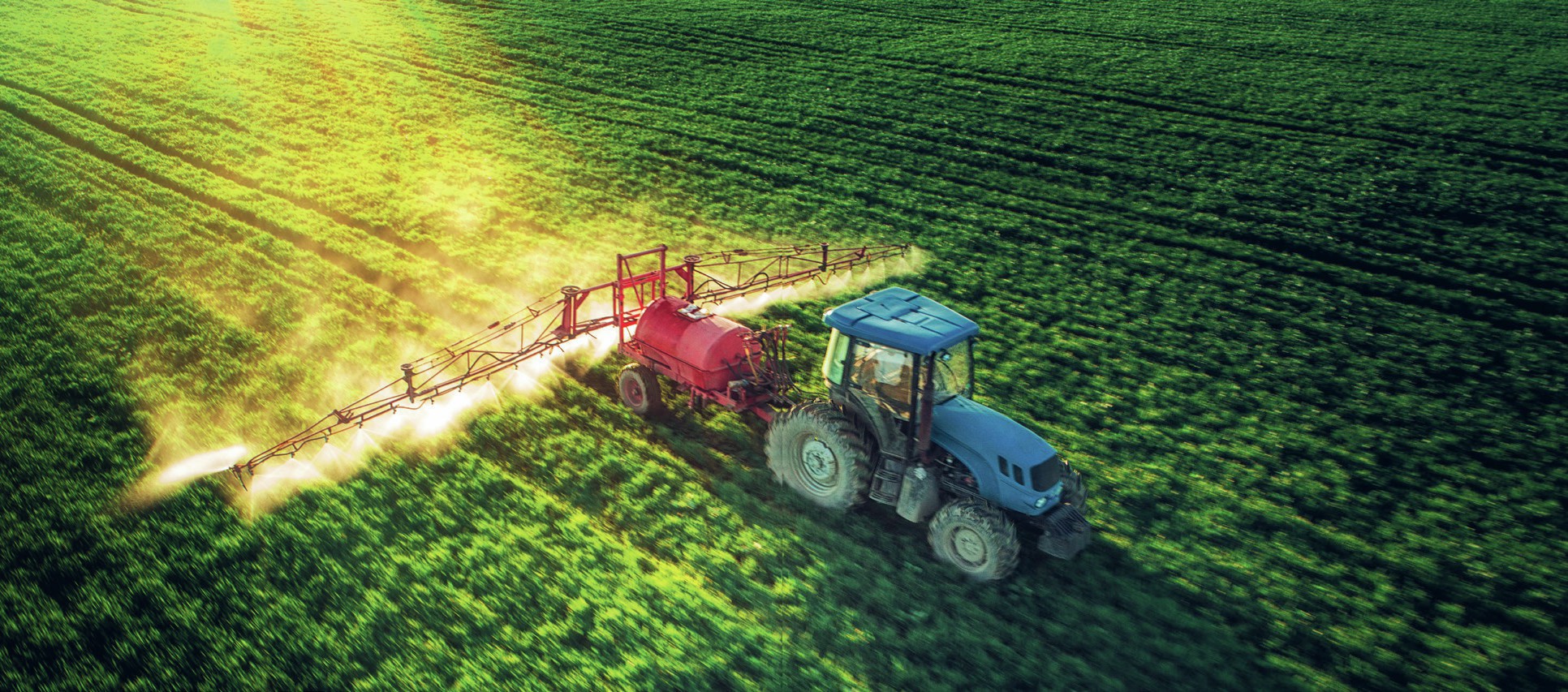
Can brassinosteroids help ensure food security?
Scientists are now exploring the use of brassinosteroids and the brassinosteroid signalling pathway to maintain and increase crop yields. The aim is to exploit the effect of brassinosteroids on plant growth and stress tolerance to make plants better adapted to challenging conditions. One aim is to alter the architecture of rice plants by genetically manipulating the brassinosteroid signalling pathway so that the plant’s leaves are more erect, allowing greater penetration of light to lower leaves. This enhances the rate of photosynthesis and increases grain yield.
Two advantages of brassinosteroids are that they are naturally occurring and they act at very low concentrations. Herbicides, pesticides and fertilisers currently in use often pollute the land and nearby waterways, disrupting the balance in the ecosystem. Brassinosteroids induce their beneficial effects at low concentrations and are therefore unlikely to have the unwanted effects of manufactured chemicals.
We do not yet fully understand all the actions of brassinosteroids and more research is needed to find the best way to put them to use. More importantly, brassinosteroids represent just one small step towards achieving the big goal of producing sustainable food. It is vital to identify new approaches in agriculture but also to acknowledge the fact that, however good a solution seems to be, it will most probably have some drawbacks. Before we commercialise the use of any molecule, we need to do more research, including field trials, on the consequences of applying it. What we can all do in the meantime is contribute towards a more sustainable world by making responsible choices when it comes to choosing what to buy and eat.
Things to do
■ The molecular basis of life is relatively conserved and there are many similarities between metabolic pathways throughout the living world. Look at the signalling pathway of brassinosteroids and compare it with that for adrenaline or glucagon.
TERMS EXPLAINED
Internode Part of the plant stem between nodes (where leaves are attached).
Oxygen radicals Also called reactive oxygen species – toxic compounds with highly oxidative properties that can damage cells.
Polar transport Transport of a substance from cell to cell in one direction through a plant.
Pollen tube A structure produced by the pollen grain which aids the transport of the male gametes to the ovules.
Transcription factor A protein that binds to DNA to regulate transcription of genes.
RESOURCES
Land Use – Our world in data: https://ourworldindata.org/land-use
‘Researchers generate plants with enhanced drought resistance without penalizing growth’, ScienceDaily: https://tinyurl.com/6yn2w42s
‘Mastermind steroid found in plants’, Carnegie Science: https://tinyurl.com/ht6seteb





